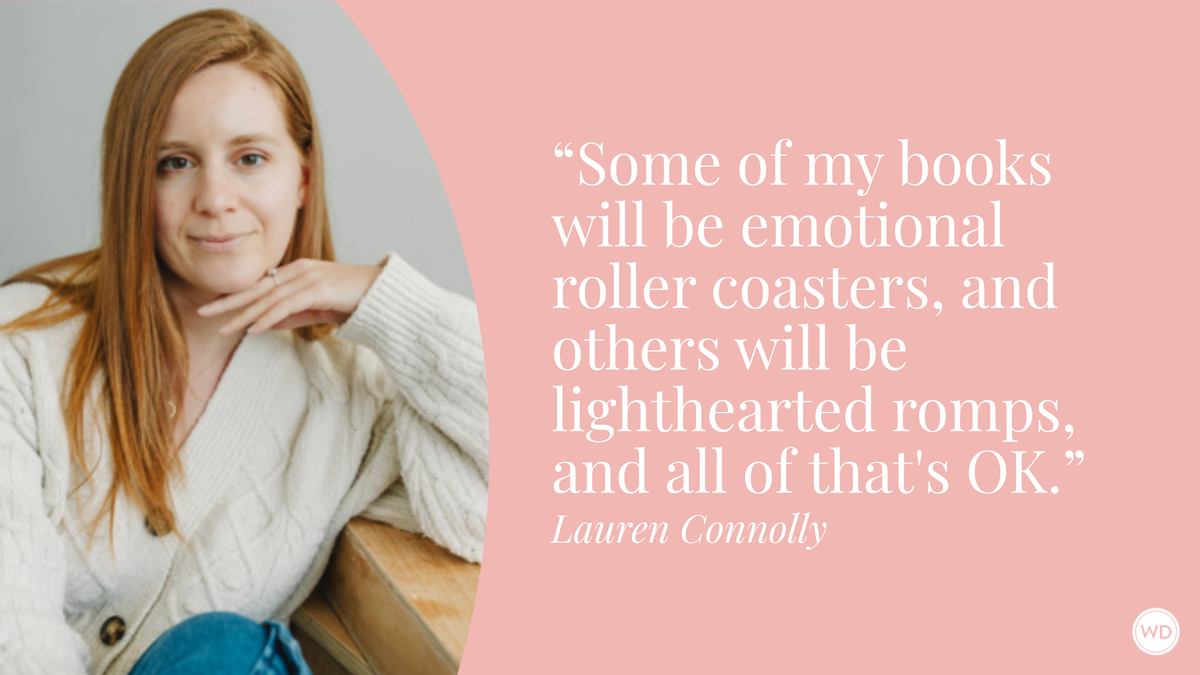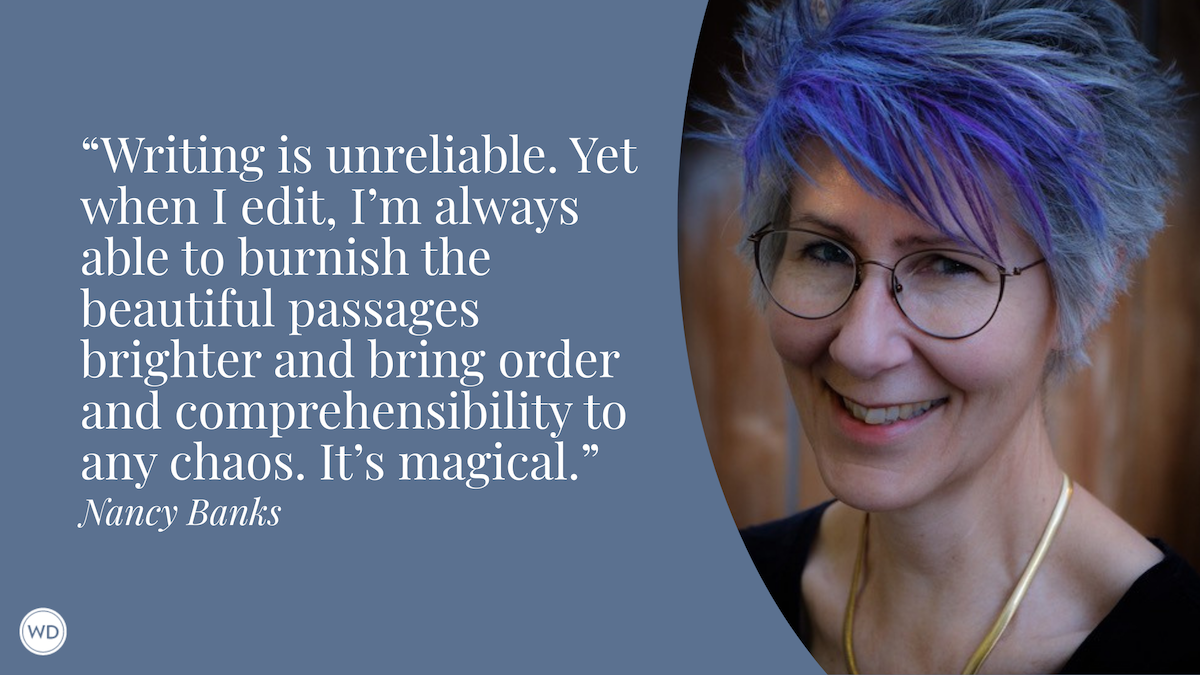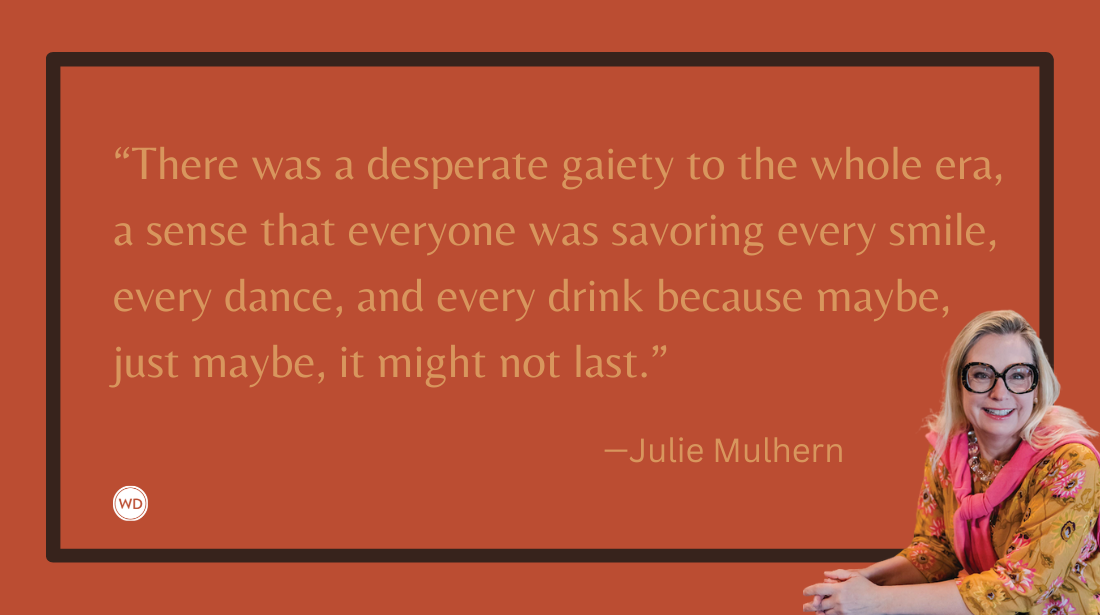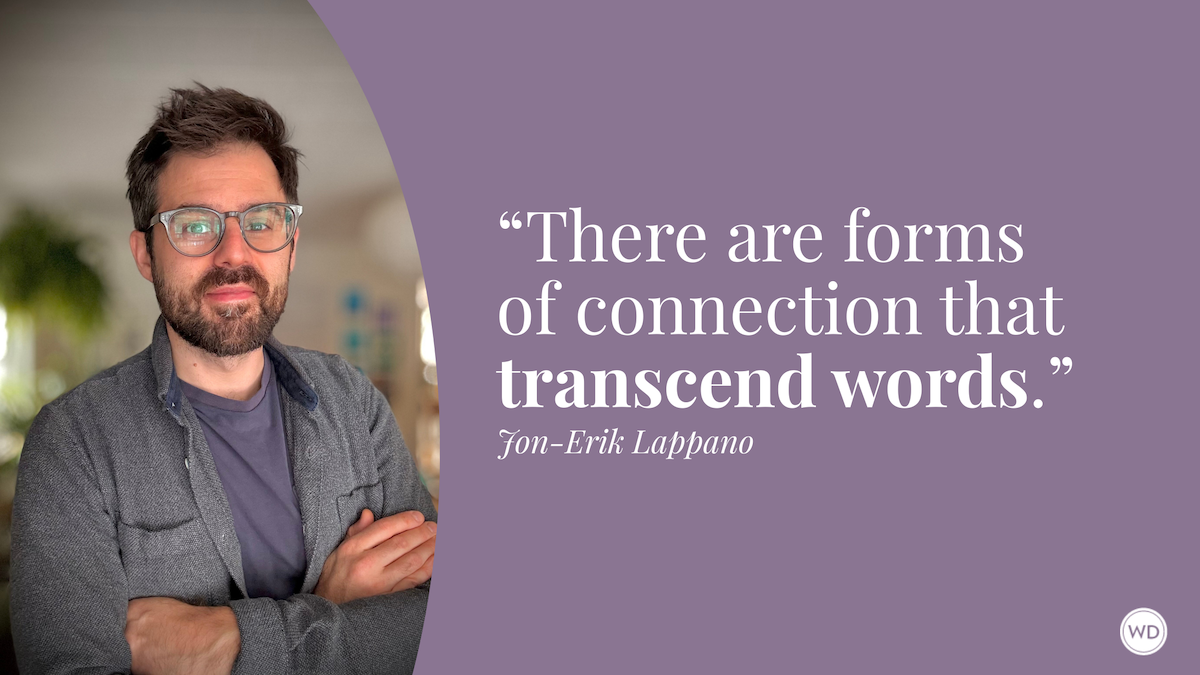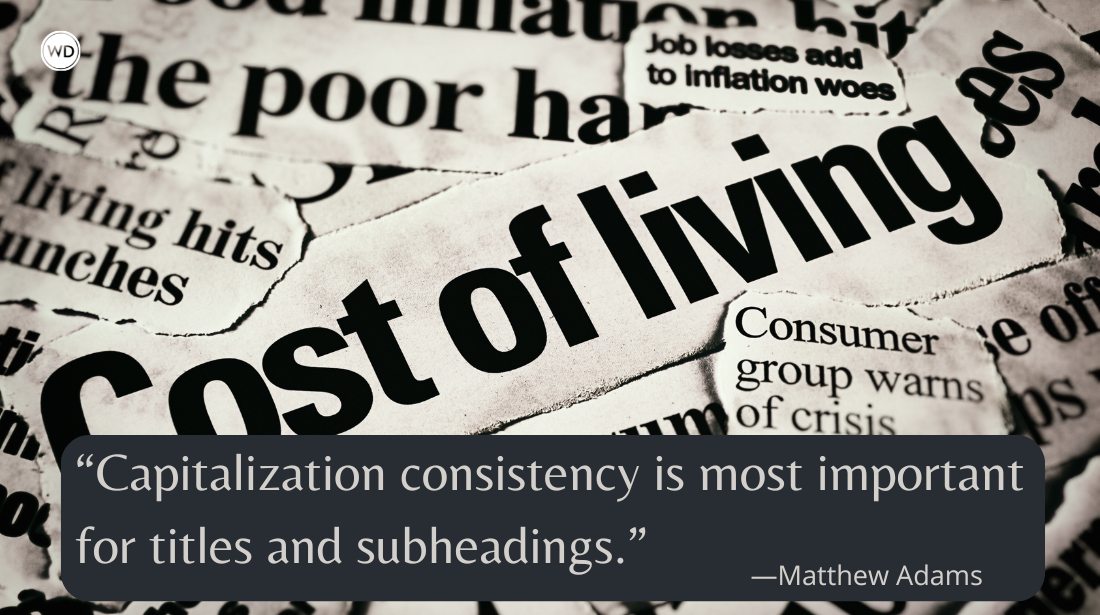The Billion-Dollar Genre: Why Romance Writing Matters
Author Leslie J. Wyatt breaks down why romance writing matters beyond the fact that it’s the bestselling genre around year after year.
The romance genre has a reputation problem—a pink polka-dotted elephant of a problem, if you will. When people hear "romance novels," they typically picture mass-market paperbacks with Fabio on the cover and questionable consent dynamics. This stereotype raises an interesting question, though—what does it say about our literary culture when some of our most beloved, highest-selling stories are also our most disdained?
Despite these misconceptions, the genre's emotional depth and cultural impact are undeniable. Romance writers are architects of a powerful literary form that challenges stereotypes, promotes healing, and connects readers through nuanced storytelling. Critics may dismiss this branch of literature as mere escapism, but the numbers and science tell a different story—these books matter.
Market Reality of Romance Fiction
The statistics are impossible to ignore. Romance has consistently ranked as the highest-grossing fiction genre in literature over the past several years—$1.44 billion in revenue for May 2022-2023—nearly twice the next bestselling genres, with a 52% growth in sales in the same period compared to the previous year. This marks the third consecutive year of growth. While complete data for recent months isn't yet available, the genre's upward trend continues. In both print and digital forms, the message is clear: Readers aren't just buying romance novels—they're devouring them.
Why is that? While mysteries hook us with curiosity and thrillers with dread, romance pulls us in with something better—what researchers call “positively valenced anticipation.” In other words, that delicious feeling that something wonderful is coming.
Researcher Helen Fisher's scientific study of love concluded that romantic love is not merely an emotion, but a basic human drive, like hunger or thirst. No wonder romance novels connect powerfully with readers—they engage the trifecta of our emotional, physiological, and psychological responses.
The Science Behind the Romance Story
Romance novels aren't uniformly transformative, of course—some remain only entertaining escapes—but these days, skilled writers of the genre craft narratives that serve as powerful vehicles for exploring complex emotional landscapes. Recent neuroscience research reveals how love stories intricately engage human cognitive and emotional processes, providing valuable insights into the profound neurological impact of our craft. As writers, understanding these neurological responses can help us refine our character development and emotional arcs for maximum effect.
When readers engage with emotionally compelling stories, research shows their brains release oxytocin—the hormone that fosters bonding and trust. Because the brain doesn’t tend to differentiate between lived and vividly imagined experiences, readers often respond to deep emotional connections as if experiencing them firsthand. Understanding this neurological response enables romance writers to impact readers more powerfully by crafting characters who thoughtfully navigate emotional challenges, offering readers valuable insights into emotional intelligence and relationship dynamics.
Empirical research underscores the genre's unique power. A study in Oxford Academics’ journal, Social Cognitive and Affective Neuroscience, revealed something fascinating: “...when considering all genres included in this study, only exposure to Romance was uniquely related to increased interpersonal sensitivity.” In short, romance readers develop stronger empathy—a reminder for writers of the immense emotional power of our genre.
Why that increase? Mirror neurons activate during emotional scenes, creating a neurological engagement that extends beyond simple narrative consumption. Romance novels are even finding applications in trauma therapy, creating safe spaces to explore attachment, consent, and trust while providing roadmaps for healthy relationships.
Research also indicates that reading these thoughtfully crafted narratives can lower stress more effectively than many traditional leisure activities. For writers, this underscores our potential to create not just stories, but mechanisms for emotional learning and personal growth—transforming the genre from mere entertainment into a sophisticated vehicle for emotional exploration and understanding.
Writers Help Build Community Through Romance
Romance novels are also powerful tools for connection. By crafting narratives that delve into vulnerability, intimacy, and personal growth, writers create more than stories; we design spaces for profound human understanding that can spark conversations extending far beyond the page. Through our work, online forums, book clubs, and reading groups become platforms for deep discussions about love, relationships, and personal transformation as the struggles of our characters become mirrors for readers' experiences, bridging emotional gaps and fostering empathy.
Exploring universal themes of trust, intimacy, and personal growth helps build platforms for collective emotional discovery. It's not just about creating a love story but about building bridges between individual experiences—crafting narratives that resonate, challenge, and connect readers in meaningful ways.
Romance Genre Evolution and Craft
Modern romance novels have evolved into sophisticated explorations of human connection, consent, and personal growth. As Katherine Center observes, "When we read love stories, we get to see kindness in action. And human compassion. And connection made visible." Today’s romance novels reflect and help shape our evolving society. As writers, we have the power to contribute to this ongoing evolution.
Romance writers keep pushing boundaries in creative ways. For example:
- Paranormal romance shows us how to build whole worlds through relationships
- Romantic suspense balances external tensions with emotional depth
- Contemporary romance integrates social issues while maintaining emotional authenticity
Bottom line? Today’s romances aren't just love stories; they're roadmaps for human connection. No wonder research shows positive growth in readers engaging with nuanced narratives, transforming romance from simplistic tales to profound explorations of personal development.
A Romance Writer's Tool Kit
How do romance writers create the kind of powerful emotional engagement that releases oxytocin, fuels empathy, and drives billion-dollar sales? It starts with careful layering of character development that goes beyond plot points to build reader investment. Successful romance writers employ several core techniques:
- Progressive Emotional Intimacy: Contemporary romance delves deeper than physical attraction, revealing vulnerability layer by layer. Each interaction deepens characters' understanding while raising emotional stakes, with protagonists gradually building trust through small, meaningful moments of revelation.
- Dual Character Arcs: Both protagonists need complete, intertwining growth journeys. Each brings a rich inner life, complex motivations, and genuine vulnerabilities to the relationship.
- Tension Through Trust: Instead of artificial obstacles, show characters slowly earning each other's trust. Each scene should either test or deepen their connection, creating authentic emotional progression.
- Emotional Landmarks: Mark character growth through significant moments—a first shared secret, an accepted compliment, a conscious choice to be vulnerable. These touchstones create a sense of genuine emotional development.
By crafting scenes of vulnerability and growth, writers connect readers to the most profound human experiences of seeking love, understanding, and connection. When done well, readers become deeply invested, experiencing the characters' emotional journeys as if they were their own.
Looking Forward
Takeaway? The world needs romance. As Center notes, “...tragedy is a given, but joy is a choice.” For writers, romance is more than a genre—our stories transform readers' perspectives, offering hope when tragedy seems inevitable. These books aren't guilty pleasures, but essential narratives that connect, heal, and illuminate the possibility of hope.
The growing 1.44 billion in annual sales affirm this impact. As romance writers, we craft roadmaps of human resilience and understanding, helping readers navigate life's most challenging moments with renewed hope for joy and connection.
It’s time to tie an elegant bow around our “elephant” of romance writing and parade it proudly through the streets for the amazing, inspiring alchemist of transformation that it absolutely is.
Center says it best: “Maybe it's not just that love stories aren't any worse than other kinds of stories: Maybe they're better. Maybe love is more valuable than we think. Maybe stories that help us see our best possibilities are exactly what this bedraggled world needs.”
Check out Leslie J. Wyatt's When I'm 64 here:
(WD uses affiliate links.)





